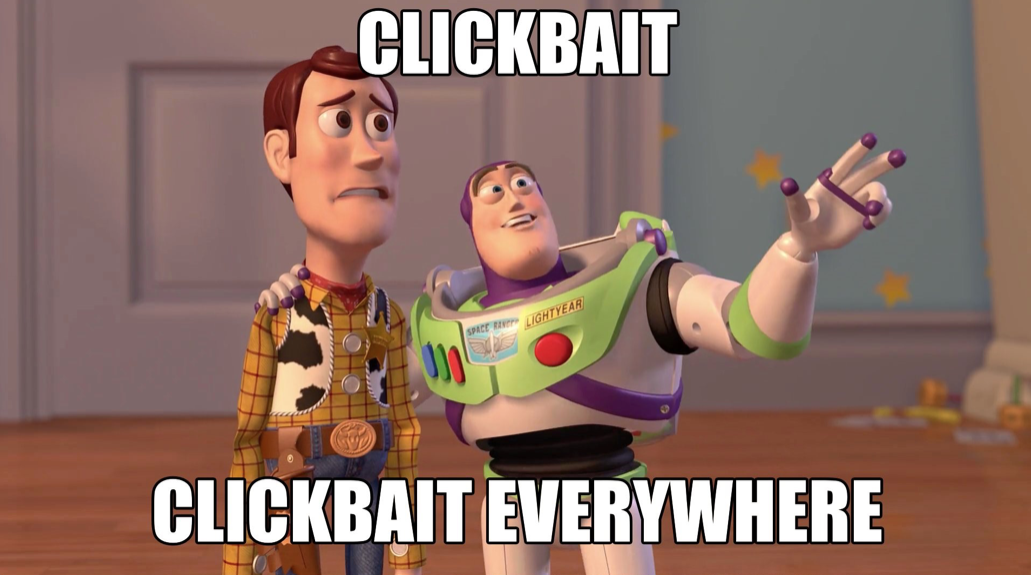The content strategy of civil discourse, part 2

In part one, we discussed the current landscape for (un)civil discourse online. In this part, we’ll start to dig into why that is.
The common wisdom is that if you produce an outrage-inducing headline, people will share it. The more people share it, the more people will click on it, read it, and click on the ads, and that’s what we’re all here for anyway, right?
The problem with this theory is that, even under the best of circumstances, if this works, argument replaces community. And if all you’re able to muster is outrage and argument, you won’t make any progress.
It is easier to yell than to take action, which is not to say that outrage can never produce action, but it needs to be directed and framed. Case in point, when President Trump announced his travel ban, concerned citizens descended en masse upon airports across the country.
This was scaled protest, and a lot of that scale was provided by platforms like Facebook and Twitter. So before this turns into a social media pile-on, understand that those same platforms can be used for good as well as ill. In fact, it can be argued that you don’t get the Women’s March on Washington without Facebook.
This is Teresa Shook. The day after the election, she created an event on Facebook called The Women’s March on Washington. Other folks picked up on this and created similar events and less than two months later we got an event whose scale would have taken years of coordination only decades earlier.
So it’s not the platforms themselves that are at fault so much as the way they are being used. And there’s some misconception as to the fundamental theory around posting outrage clickbait on those platforms in the first place.
In his book, Contagious: Why Things Catch On, author and researcher Jonah Berger talks about a study he conducted at Stanford that tried to look at why we share. They found that content that spurs arousal emotions is more likely to be shared. Arousal emotions are emotions that change your physiology to increase activity. They increase your heart rate, dilate your pupils, they literally get your blood pumping. Content that does the opposite, like stimulate sorrow or contemplation, which lowers your blood pressure, is less likely to be shared.
This makes sense from an evolutionary perspective. Folks who saw the tiger in the grass, freaked out, and shared that information did better than folks who saw the tiger and started saying, “What is a tiger, really?” We should associate content that gets our blood pumping with content that should be shared from a “let’s survive the tiger” point of view.
A further study he conducted at Wharton took the experiment one step further. If arousal emotions are increasing our heart rate before we share, do we really need the emotion? So they took a bunch of folks and had them jog in place for 60 seconds before sitting down and looking at content and deciding what to share, and then they had a control group sit on their butts for 60 seconds before looking at content and deciding what to share.
The group who worked out first shared far more content regardless of what emotions the content stimulated. So really, if we want people to share more content, we just need to get them to work out more.
Outrage is absolutely an arousal emotion, but so is excitement, awe, and joy. But the fundamental flaw in the advertising model is to assume that outrage is the best one of those to pick. Because if you pick that emotion, how likely is it that you’ll also encourage buying behavior?
“I’m so angry, I could just go out and buy some yoga pants!”
– No one. Ever.
So if our fundamental notions around how we design these interactions are misguided, what are some alternatives? Well, first we have to look more closely at how design influences behavior when it comes to talking to each other online, which is what we’ll cover in our next installment.
Did you know Think Company offers this series as a talk for teams, events, and conferences? If you’re interested in learning more, get in touch with us via our contact form.






